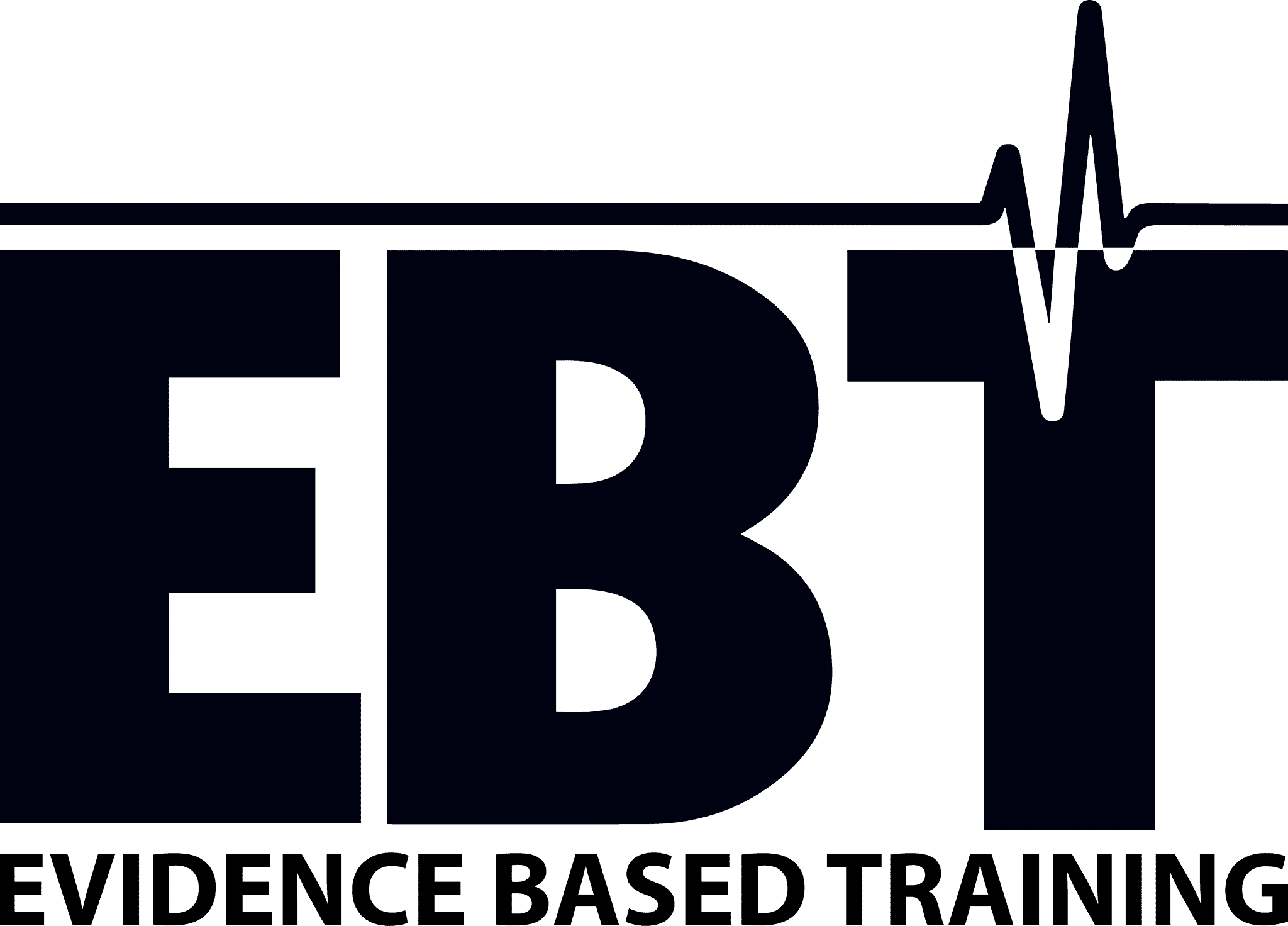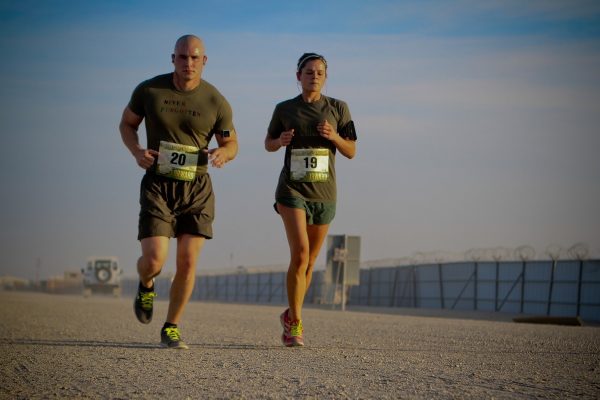Resistance Training: A Game-Changer for Endurance
Study: Eight Weeks of Heavy Strength Training Increases Hemoglobin Mass
and VO2peak in Well-Trained to Elite Female and Male Rowers. Lundby et al. (2024)
Resistance training is often sidelined in endurance sports due to misconceptions about its effects. Yet, a groundbreaking study involving elite rowers indicates that resistance training could be a substantial contributor to endurance, irrespective of training volume.
The Study: A Deep Dive into Elite Athletic Performance
In this study, a group of twenty elite rowers, including Olympic-level competitors, were enlisted to partake in an eight-week resistance training program. The participants were divided into two groups: one performing 10 sets per exercise and the other performing 3 sets per exercise.
Subject Characteristics at a Glance
- 10-set group: 10 athletes, with 6 males (average age 22 ± 4 years, body mass 81.2 ± 7.4 kg, and peak oxygen consumption of 5.0 ± 0.5 liters/min) and 4 females (average age 23 ± 4 years, body mass 71.5 ± 3.3 kg, and peak oxygen consumption of 3.3 ± 0.4 liters/min).
- 3-set group: 10 athletes, with 6 males (average age 21 ± 3 years, body mass 90.7 ± 10.7 kg, and peak oxygen consumption of 5.1 ± 0.6 liters/min) and 4 females (average age 23 ± 4 years, body mass 74.1 ± 4.2 kg, and peak oxygen consumption of 3.6 ± 0.3 liters/min).
Training Regimen Breakdown
- 3-Set Group: Athletes in this group adhered to a more traditional regimen, performing 3 sets of 10 reps for each exercise in every session. This approach focused on maintaining a consistent volume throughout the study, with all main exercises performed to the point of volitional or momentary failure, often referenced as 0 Repetitions in Reserve (RIR).
- 10-Set Group: Starting off with 5 sets of 10 reps, this group’s regimen was dynamic, increasing by one set per session until reaching the pivotal 10 sets, which they maintained after the third day of week two. Their program adopted a strategic escalation in intensity—beginning with sets performed to 2 RIR, then 1 RIR, and culminating in a full effort to failure (0 RIR) towards the final sets.
Proximity to Failure Across Training Blocks
Both groups navigated their training with calculated proximity to failure:
- Main Exercises: While the 3-set group consistently worked to failure on all sets, the 10-set group’s progression from submaximal efforts to failure was carefully timed to maximize adaptation while avoiding overtraining.
- Secondary Exercises: A uniform approach was applied here, with all secondary exercises performed to 3 RIR for the entirety of the study, ensuring adequate stimulus for growth and adaptation without excessive fatigue.
The Interplay of Resistance Volume and Endurance Gains
This methodical approach to resistance training proved that strategic manipulation of volume and intensity could bring about tangible improvements in key endurance metrics. The 10-set group, despite the higher volume, did not experience superior hemoglobin mass or VO2 max improvements compared to the 3-set group, highlighting that the response to resistance training in endurance athletes might be more nuanced than previously believed.
Gender-Based Insights in Endurance Performance
A novel aspect of the study was its illumination of gender-based differences in physiological adaptations. Female rowers, despite their commendable athletic backgrounds, demonstrated lower hemoglobin mass relative to their lean body mass, translating to lower peak oxygen uptake compared to their male counterparts.
Conclusion: The Art and Science of Resistance Training in Endurance
For coaches and athletes in endurance sports, these findings illuminate the art and science behind resistance training. The study presents a compelling case for integrating resistance training into endurance programs, emphasizing the importance of individualized set and rep schemes tailored to an athlete’s specific needs and the physiological demands of their sport. It stands as a testament to the evolving understanding of endurance training and the multifaceted nature of athletic development.









